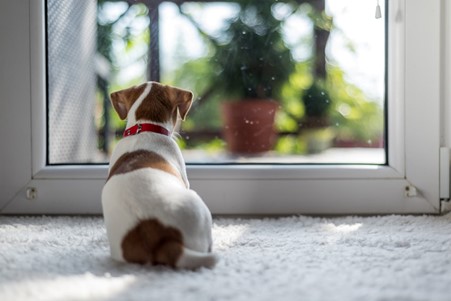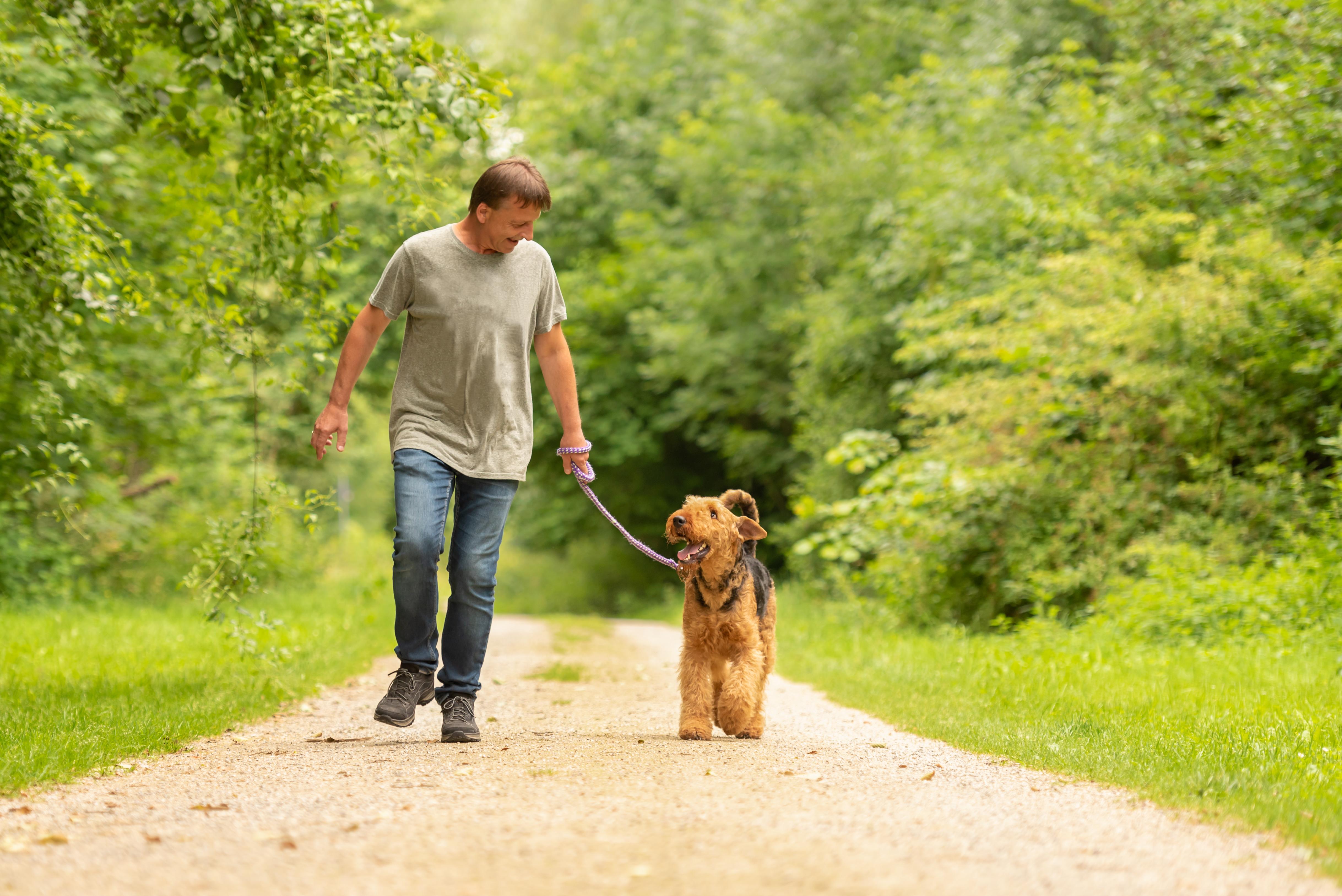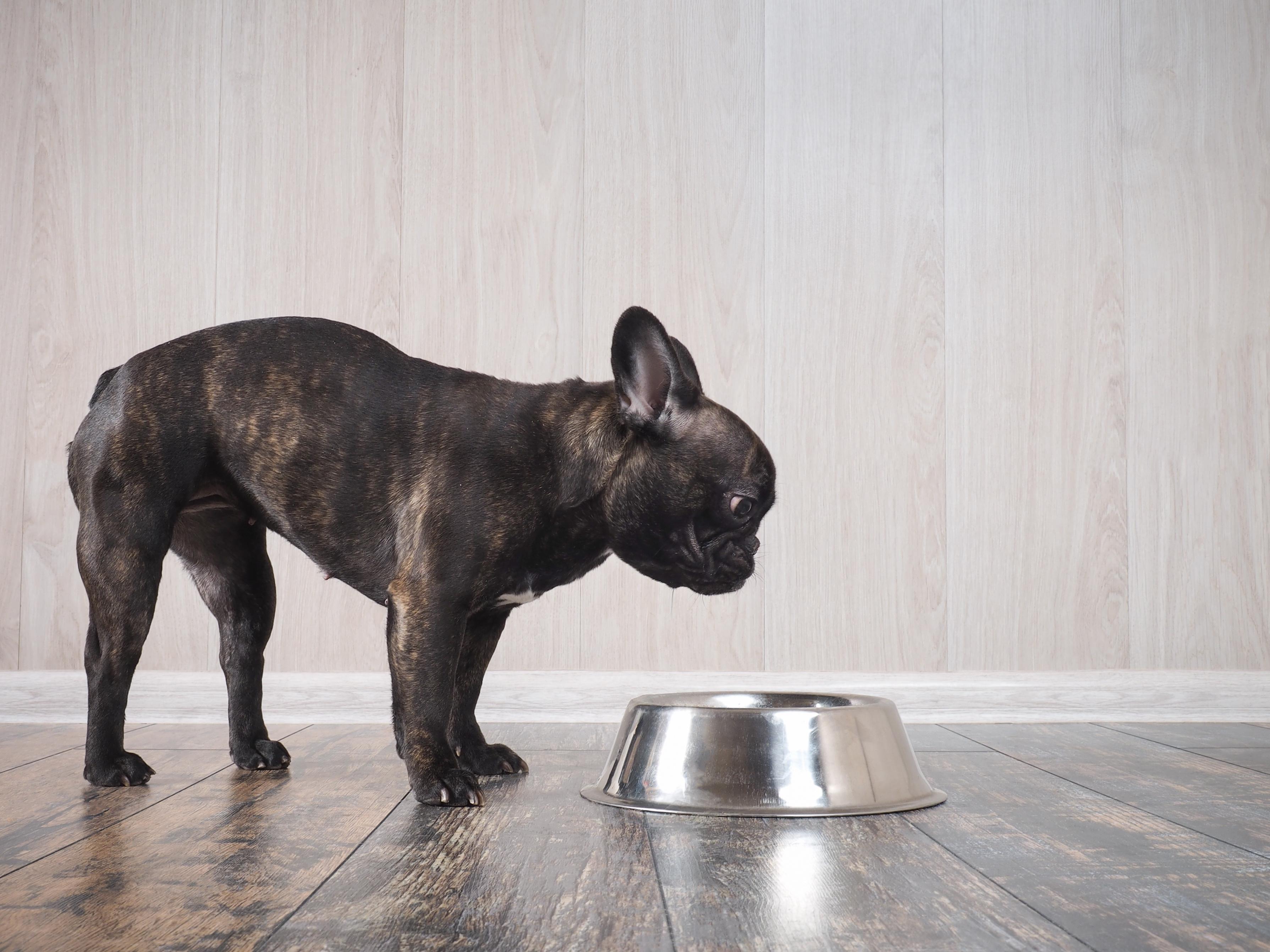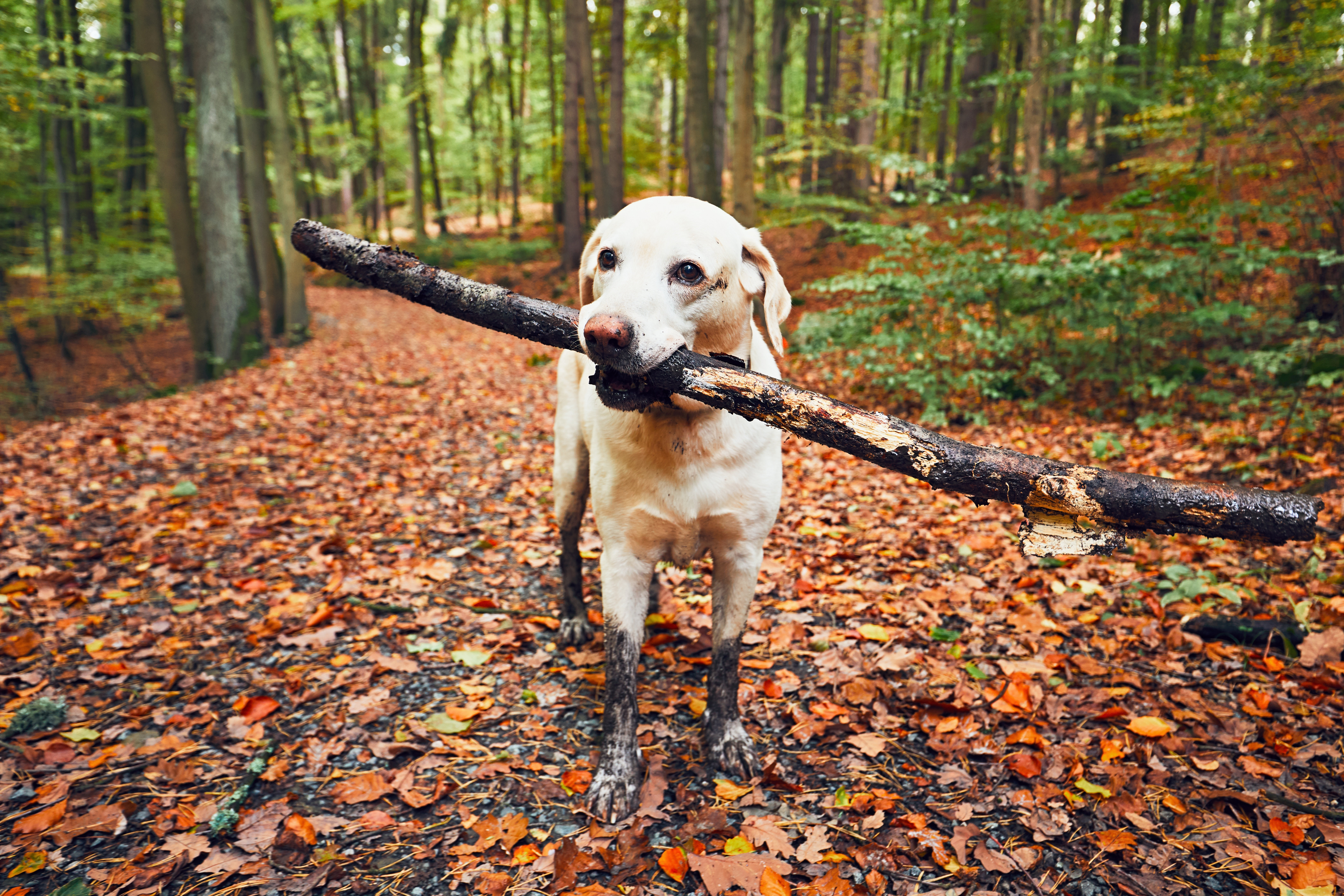How to avoid separation anxiety – for you and your dog!
Jan 9, 2026 10:45:21 AM

“…animal welfare organisations have been warning that pets who have never known anything other than their humans being around all the time could struggle to adjust when owners return to the workplace post-lockdown.” [The Guardian, July 2021]
For much of the working population, things are starting to return to normal after the lengthy lockdown periods we’ve lived through. This means that we are going out more, leaving home to go to school, work and meetings – all of which lead to spending time away from our pets.
Many newly acquired dogs don’t have any experience of being on their own. According to the BBC, a staggering 3.2 million new pets were acquired during lockdown. 56% of these live in homes with children. This equates to busy households which are likely to change quite dramatically once the children are back to school and adults return to work. Don’t be dismayed though as we have a number of solutions for you to consider that will ease any potential separation trauma for your dog and your family.
Start slowly
Begin some training (and this works in dogs of all ages) to gently and slowly increase the amount of time you are away from your dog. You can do this initially by moving to a different part of your home so you are simply out of sight. Increase this exercise gradually until you are able to leave the house, maybe just for a few minutes. When you return to your dog each time, don’t make a fuss or excite them but reassure them with some gentle cuddles and keep it calm and low-key. The RSPCA has a section on its website dedicated to managing separation anxiety. It also has a handy leaflet you can download.
Occupy their minds
A good distraction technique is to leave something for your dog to do whilst you are gone. This could be a treat-filled Kong or similar device that needs attention and focus to extricate the contents. Puzzle toys, chews or gnawing aids (antlers, buffalo horns and similar) are also a good idea as long as you can safely leave them unattended. A list of these can be found at Rover.com (https://www.rover.com/blog/dog-toys-for-separation-anxiety/_) – the ‘Wooly Snuffle Mat’ looks great!
Invest in a pet camera
There are some great gadgets available that allow you to check on your pet whilst you are away from them. These range from inexpensive, simple views of their environment to more sophisticated systems. The Furbo (listed on Rover.com’s list mentioned above) is one of the more expensive devices but it sends you an alert when your dog is barking, includes a camera and even the facility to feed treats – amazing!
Your petcam will do one of two things – it will either reassure you that they are absolutely fine or show you how unsettled they are. Either way, it’s better to know what your dog is going through and how they react to your absence. You’ll also be able to monitor any progress you’re making by observing behavioural improvements over time.
Invest in intervention
Do you have a friendly, dog-loving neighbour or family member who is happy to check in on your pet during the day? You could formalise this with payment if you feel it’s appropriate. Other alternatives are dog walkers who make a living from collecting dogs during the day and taking them for wonderful walks. This is an ideal way to help socialise your dog (as unsocialised dogs are another lockdown legacy), give them some fresh air, see a friendly face and enjoy some exercise to tire them out for an afternoon’s nap. If you have responsible, older children living nearby, they often enjoy the responsibility of checking on a neighbour’s dog – motivational pocket money is key here!
The well-established Borrowmydoggy.com is another option. ‘Borrowers’ are fully checked and matched with dogs in their area. The scheme is aimed at helping people who can’t commit to a dog full-time with dog owners who are happy to share their pets and enjoy the help that comes with it.
However you approach it, consider the various ways in which you could add human contact to your dog’s day if you can’t be there.
Doggy daycare
Just like kids’ playgroups there are plenty of doggy day care centres popping up all over the UK. An online search will show you your options and give you an idea of price. You can expect to pay between £15 and £30 per day with higher costs in the London area. This usually includes plenty of exercise, socialising and fun experience. Ask around for recommendations and thoroughly check out your preferred choice. Rest assured, your dog will soon make it clear if he doesn’t enjoy his visits!
Doggy daycare settings aren’t for everyone and you may prefer to set up a private arrangement with a home-based friend or neighbour who is happy to take your dog for the time you are at work. They will need some basic equipment that you can provide – a bed, bowls, lead, toys, treats – and you can go to work happy in the knowledge that your beloved pet is being well looked after.
The changing face of the work environment
Office-based businesses are increasingly happy to offer a work from home arrangement following the success of this practice during the pandemic. Cooper Parry, one of the UK’s largest audit firms, announced its policy of ‘work wherever you like for life’ along with several other big companies. Alongside the ability to work flexibly and from home (some or all of the time), some businesses are providing a warm welcome for employees’ dogs too.
“A survey of 1,003 employees conducted by comparethemarket.com in June found that almost half of respondents (42%) were hoping to bring their dog to the office.” [The Guardian, July 2021]
Whilst there are some health and safety aspects to this practice, it is believed that office dogs contribute towards improved mental health and a positive working atmosphere.
If it’s practical, it is worth approaching your employer on the subject of flexible hours, working from home arrangements and bringing your dog to work. It’s unlikely that all three requests would be dismissed so it’s well worth a shot.
Cosy up
For the periods you do leave your dog at home alone, make sure she has a comfortable and comforting environment. An Amazon Echo allows you to choose relaxing playlists for specific amounts of time which some dogs respond well to – there’s even a classical playlist for dogs! Some people leave the radio or TV on for short periods.
Dog flap
Our final suggestion is to install a dog flap so your dog can have more freedom to go outdoors when you are not home to let him out. Use your petcam or ask your neighbours to check for barking or howling – it might not be a good idea to allow such access if your dog is becoming a noisy nuisance in your absence.
The golden number is four. Four hours is the advice given by the RSPCA on the maximum time a dog can be left alone. For puppies this is much lower but be guided by your dog’s activity levels and toileting requirements. Good luck to both you and your dog as you navigate this issue. Separation anxiety is a very real concern and something you can work on over time. Some of these ideas should help build a working solution – let us know how you get on.
References
https://www.rspca.org.uk/adviceandwelfare/pets/dogs/training/leftalone
https://www.rspca.org.uk/webContent/staticImages/Pdfs/LearningToBeLeftAlone.pdf
https://www.rover.com/blog/dog-toys-for-separation-anxiety/
https://www.bbc.co.uk/news/business-56362987
Back
Recent Blogs

Keeping Your Furry Friend Safe and Happy During Halloween
Halloween approaches with its festive decorations, spooky costumes, and sweet treats. While humans eagerly anticipate the holiday, it can be a challenging time for our four-legged friends. From unfamiliar sights and sounds to potentially dangerous treats, Halloween can pose various risks to our beloved dogs.
While it might be tempting to dress up your dog in a cute or funny costume, always prioritize their comfort and well-being. Ensure that the costume is not restrictive, does not impede movement, and does not have small parts that could be swallowed. Allow your dog to become accustomed to the costume before the actual event, and keep a close eye on them while they're wearing it.

The vital role of responsible dog ownership.
A Pledge to Paws and Principles
Dogs have long been cherished companions, confidants, and sources of unconditional love for millions of people around the world. These faithful friends offer not only emotional support but also contribute significantly to our overall well-being. However, the joys of having a canine companion come with great responsibilities. Responsible dog ownership is not just a choice; it's an obligation we owe to our four-legged friends, our communities, and ourselves. In this blog, we will delve into the importance of responsible dog ownership and highlight the numerous benefits it brings to our lives.

My dog is a finicky eater...
You have a dog that has no appetite, is fussy and finicky with his food and you are fed up of trying every dog food brand under the sun. Here are our top tips for encouraging a better feeding regime

Finding the best places to walk your dog
The many benefits of dog walking are well documented and regular walks form part of our daily routine. But it is really easy to get into an unthinking pattern of where and how we walk our dogs. There are lots of adventures to be had out there with our canine companions so why not try something new?